Wild Yellowstone: 30+ Mind-Blowing Facts & Trivia You Won't Believe!
Welcome to Yellowstone: A Land of Wonders!
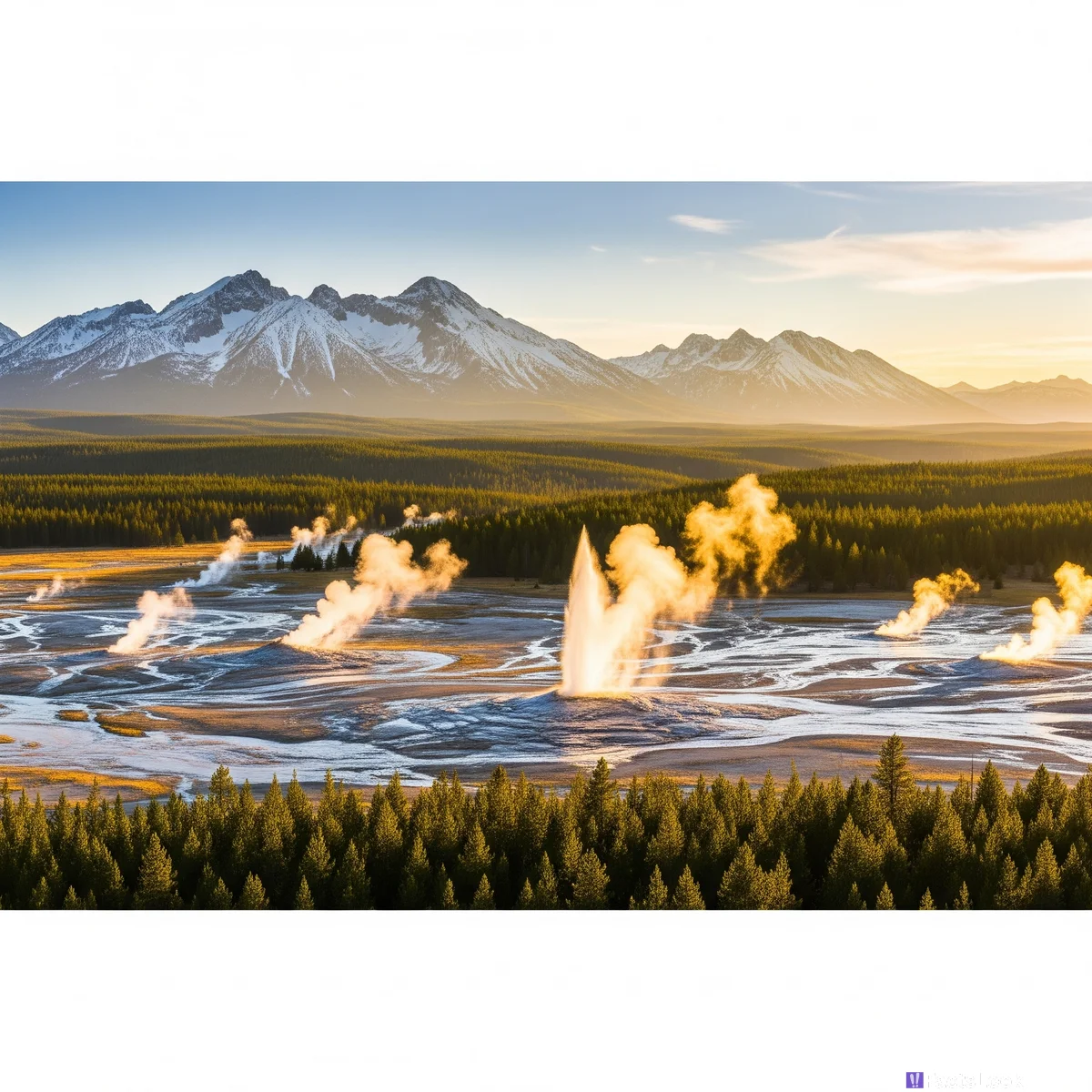
Prepare to be amazed! Yellowstone National Park, a name synonymous with geysers and grizzlies, holds secrets far deeper than its bubbling hot springs. This listicle unveils 30+ mind-blowing facts about Yellowstone, blending national park trivia with lesser-known gems. Get ready to explore the wild heart of America and discover why Yellowstone is truly one-of-a-kind. Are you ready to be astonished?
World's First National Park: A Conservation Pioneer
Yellowstone wasn't just the first national park in the United States, it was the world's first! Established on March 1, 1872, it marked a turning point in global conservation. This visionary act set a precedent for protecting natural wonders for future generations, inspiring the national park movement worldwide. Think of Yellowstone as the original blueprint for preserving our planet's treasures.
Geothermal Giant: Home to Half the World's Geysers
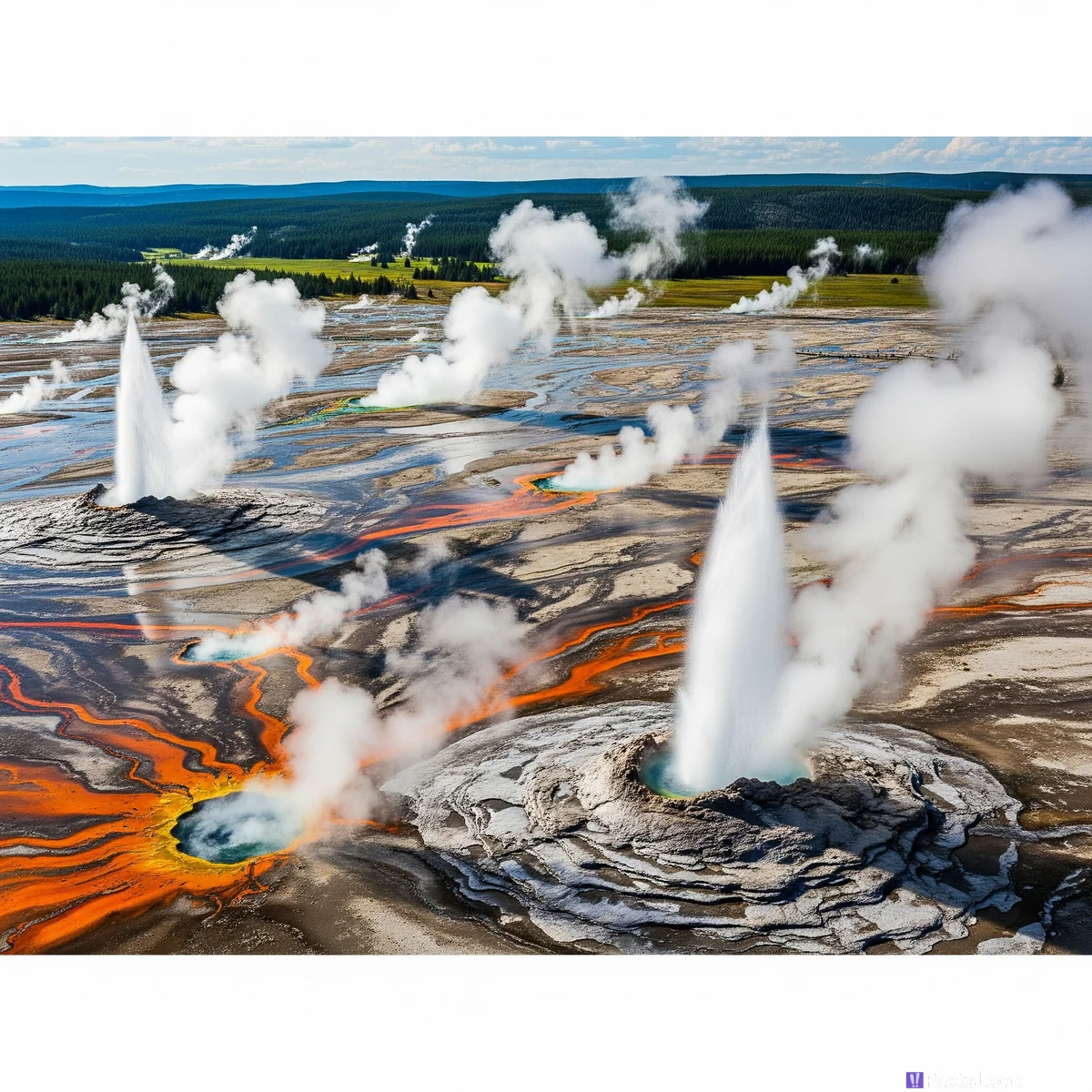
Yellowstone is a geothermal wonderland, boasting over 10,000 hydrothermal features, including more than 500 active geysers. That's roughly half of all the geysers on Earth! This incredible concentration is due to its location atop a massive volcanic caldera, making it a globally significant geothermal hotspot. Nowhere else on Earth will you find such a spectacle of erupting water and steam.
Supervolcano Underneath: A Sleeping Giant
Beneath Yellowstone's stunning surface lies a colossal supervolcano. It's one of the largest active volcanic systems on the planet, capable of eruptions on a scale that dwarfs typical volcanoes. While the last major eruption was over 640,000 years ago, scientists continuously monitor its activity, reminding us of the powerful forces shaping this landscape.
Old Faithful: Predictable Eruptions, Enduring Fascination
Old Faithful is Yellowstone's most famous geyser, renowned for its relatively predictable eruptions. It erupts on average every 90 minutes, shooting thousands of gallons of boiling water high into the air. Despite not being the largest or tallest geyser in the park, its regularity and impressive display have captivated visitors for centuries. It's a natural spectacle you can almost set your watch by!
Grand Prismatic Spring: Rainbow Hot Spring Extravaganza
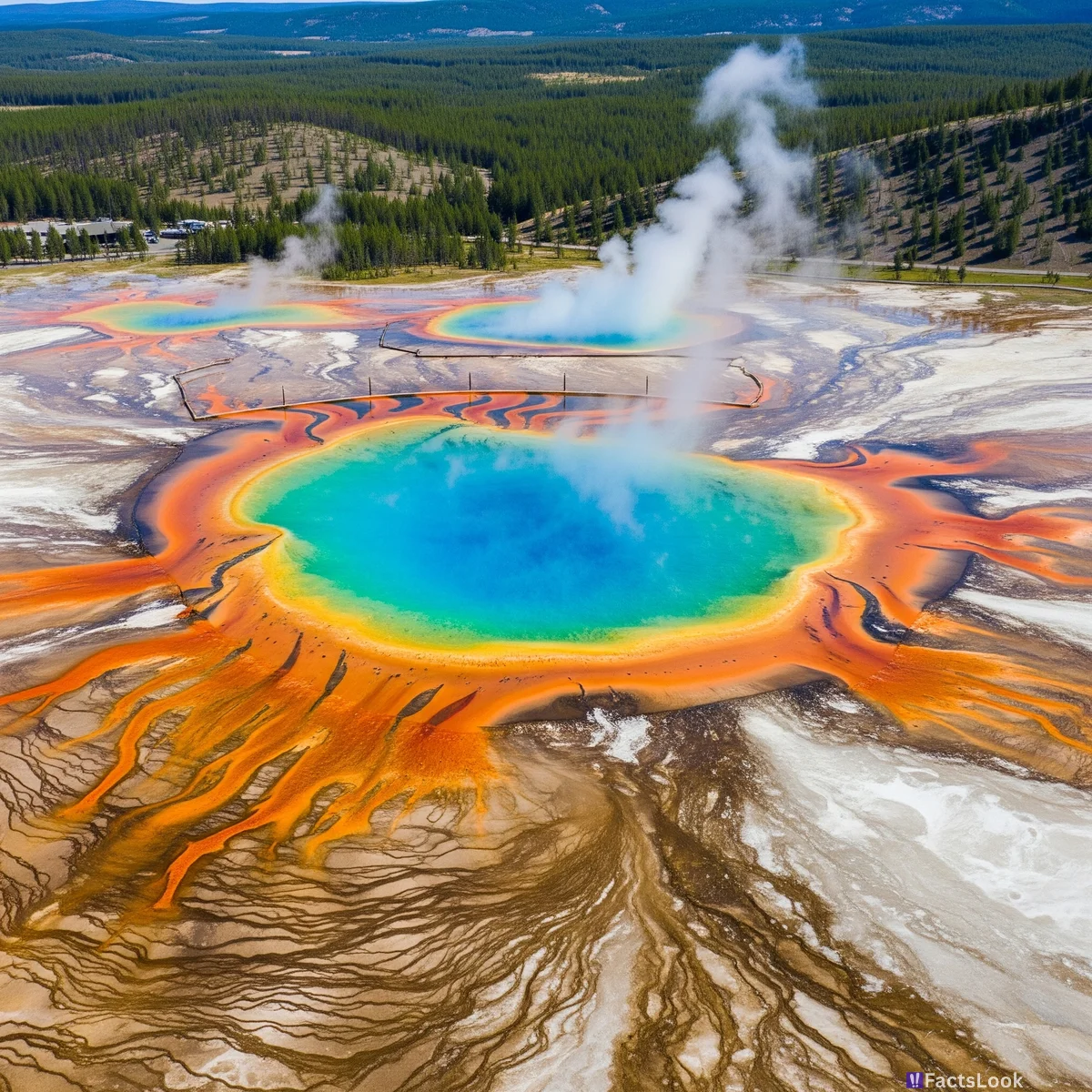
The Grand Prismatic Spring is Yellowstone's largest and arguably most beautiful hot spring. Its vibrant rainbow hues, from deep blues at the center to fiery oranges and yellows at the edges, are created by heat-loving bacteria. Larger than a football field and deeper than a 10-story building, it’s a breathtaking display of nature's artistry and a must-see wonder.
More Than Geysers: Yellowstone's Diverse Landscapes
While famous for geysers, Yellowstone boasts incredible landscape diversity. From lush forests and alpine meadows to rugged mountains and the largest high-elevation lake in North America, Yellowstone offers a stunning variety of ecosystems. It's not just geothermal wonders; it’s a vast wilderness encompassing mountains, forests, lakes, and rivers, teeming with life.
Yellowstone Lake: A High-Altitude Giant
Yellowstone Lake is the largest high-elevation lake in North America, sitting at 7,733 feet above sea level. It has a vast surface area and significant depth, harboring unique aquatic ecosystems and even underwater geysers! This immense lake adds another dimension to Yellowstone’s wonders, proving it's more than just geothermal features above ground.
Wildlife Paradise: The 'American Serengeti'
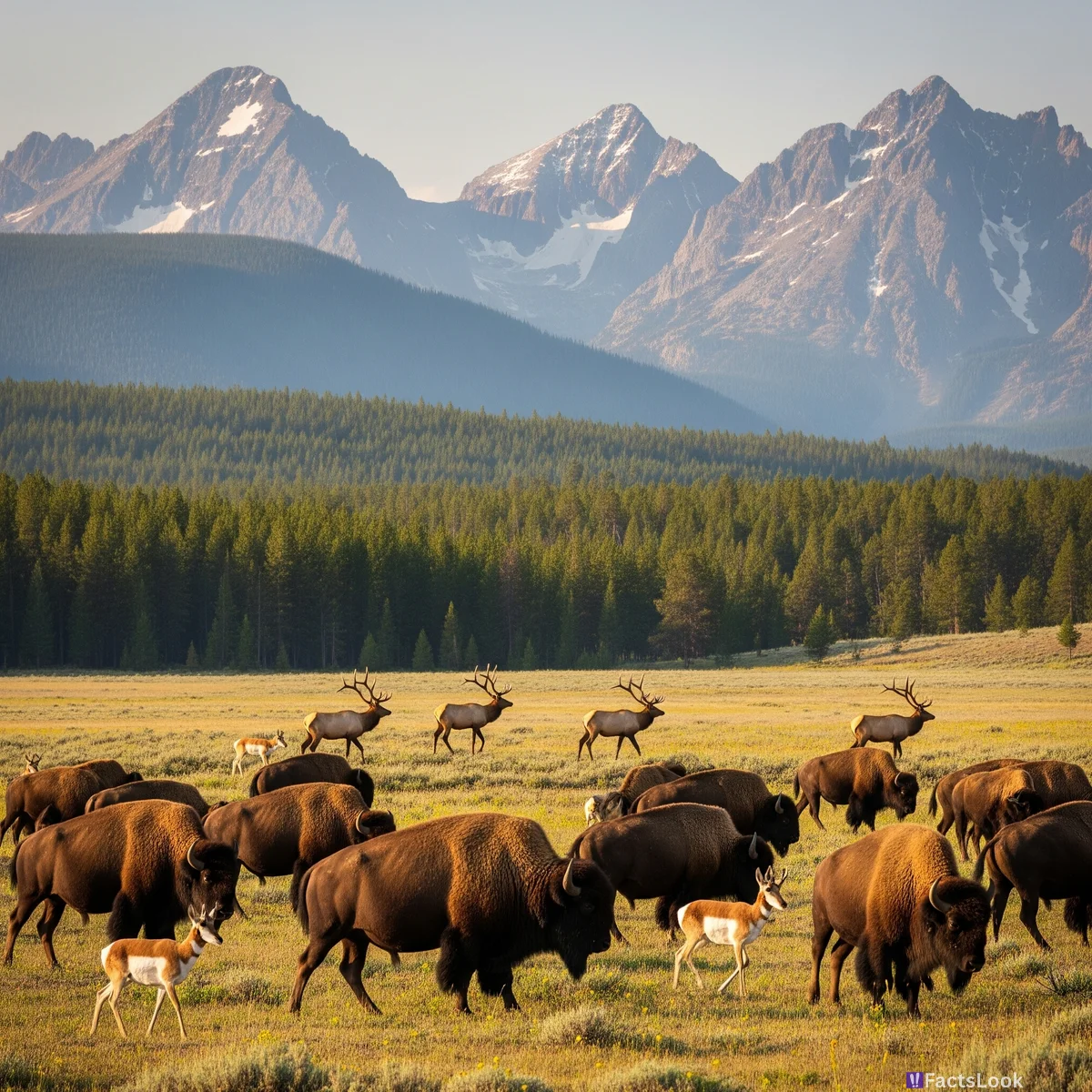
Yellowstone is often called the 'American Serengeti' for its incredible wildlife diversity. It's home to iconic species like bison, grizzly bears, wolves, elk, pronghorn, and countless bird species. One of the last largely intact ecosystems in the temperate zone, it provides a sanctuary for a remarkable array of wildlife, making it a premier destination for wildlife viewing.
Bison Majesty: A Thriving Population Recovery
Yellowstone is a crucial stronghold for American bison. Once nearly extinct, bison populations in Yellowstone have thrived due to conservation efforts. Today, thousands roam freely within the park, representing one of the largest and genetically pure bison herds in North America. Witnessing these majestic creatures is a testament to successful wildlife recovery.
Wolf Reintroduction Success: Ecosystem Restoration
The reintroduction of gray wolves to Yellowstone in 1995 is a landmark conservation success story. After being absent for decades, wolves have played a vital role in restoring the park's ecosystem. Their presence has influenced elk populations, vegetation patterns, and overall biodiversity, showcasing the power of apex predators in ecological balance.
Bear Country: Grizzly and Black Bear Haven
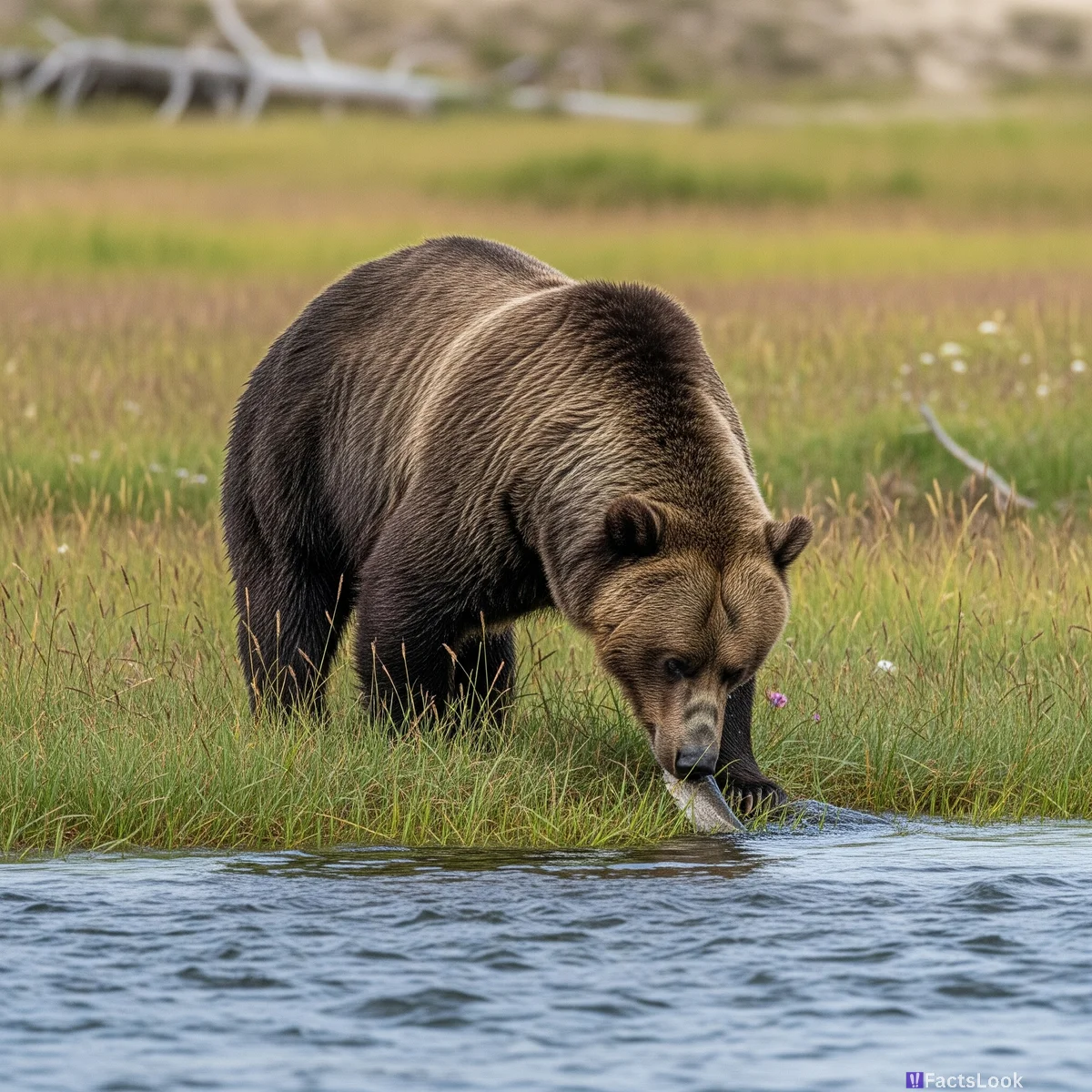
Yellowstone is prime bear habitat, home to both grizzly and black bears. These iconic predators roam throughout the park, playing important roles in the ecosystem. While encounters are possible, respecting wildlife and practicing bear safety is crucial for both human and animal well-being. Yellowstone is truly wild bear country.
Ancient History: Human Presence for 11,000+ Years
Humans have inhabited the Yellowstone region for at least 11,000 years. Archaeological evidence reveals a rich history of Native American presence long before European exploration. Various tribes utilized the park's resources and considered it a sacred place. Yellowstone's story is intertwined with human history as much as natural history.
Hayden Valley: Wildlife Viewing Hotspot
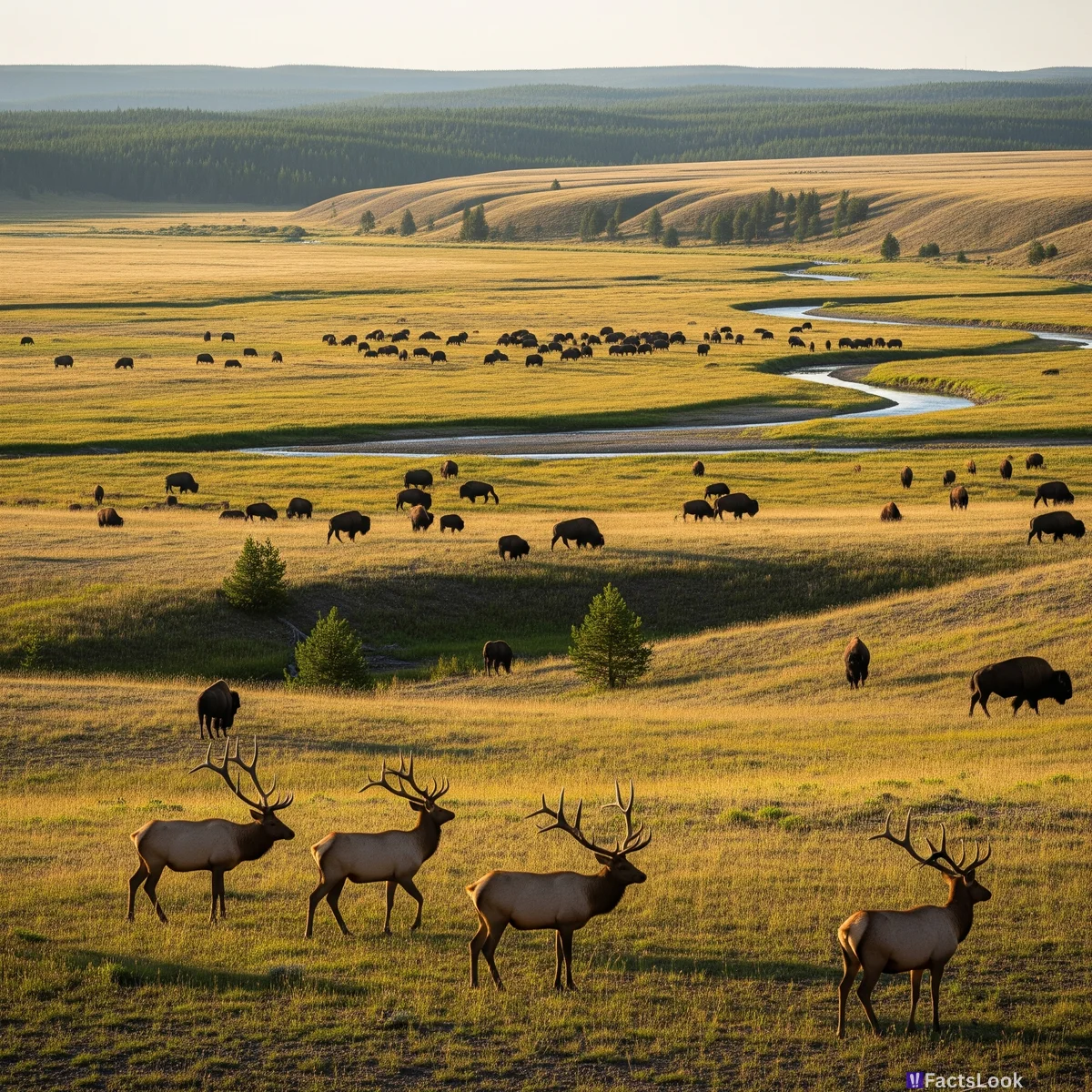
Hayden Valley is a renowned wildlife viewing area within Yellowstone. This expansive valley, carved by glaciers, provides prime habitat for bison, elk, and various predators. Bring your binoculars and patience, and you’re likely to witness incredible wildlife interactions in this spectacular open landscape. It's a nature enthusiast's paradise.
Mammoth Hot Springs: Terraces of Travertine
Mammoth Hot Springs is unique for its stunning travertine terraces, formed by hot water dissolving limestone. Unlike most geysers erupting water, Mammoth's springs deposit calcium carbonate, creating otherworldly formations. These constantly changing terraces are a testament to Yellowstone’s dynamic geological processes and a visual marvel.
Mud Volcano Area: Bubbling, Gurgling, and Steaming!
The Mud Volcano Area showcases Yellowstone's mud pots, hot springs, and fumaroles in a concentrated and dramatic landscape. These features exhibit different types of geothermal activity, from bubbling mud to hissing steam vents. It's a sensory experience, with the sights, sounds, and smells of a truly active geothermal zone.
Lamar Valley: 'America's Serengeti' Revisited

Lamar Valley is another area often nicknamed 'America's Serengeti,' known for its exceptional wolf viewing opportunities. This vast valley is prime wolf habitat, and patient visitors might witness packs hunting or interacting. It's a testament to the success of wolf reintroduction and a place to connect with wild nature.
Dragon's Mouth Spring: Roaring Geothermal Feature
Dragon's Mouth Spring is a unique thermal feature characterized by a cave-like opening from which hot water and steam emerge with a roaring sound, resembling a dragon's breath. The sound and steam create a dramatic and slightly eerie experience, showcasing the power and mystery of Yellowstone's geothermal activity.
West Thumb Geyser Basin: Lakeside Geothermal Wonders

West Thumb Geyser Basin sits along the shores of Yellowstone Lake, offering stunning views and unique geothermal features right on the lake's edge. Some hot springs are even located within the lake itself, creating a fascinating contrast between water and thermal activity. It's a scenic and accessible geyser basin to explore.
Norris Geyser Basin: Hottest and Most Dynamic
Norris Geyser Basin is Yellowstone's hottest and most dynamic geyser basin. It's constantly changing, with new features appearing and disappearing. Home to Steamboat Geyser, the world's tallest active geyser, Norris showcases the raw power and unpredictable nature of Yellowstone's geothermal system.
Petrified Forest Remnants: Ancient Trees Turned to Stone
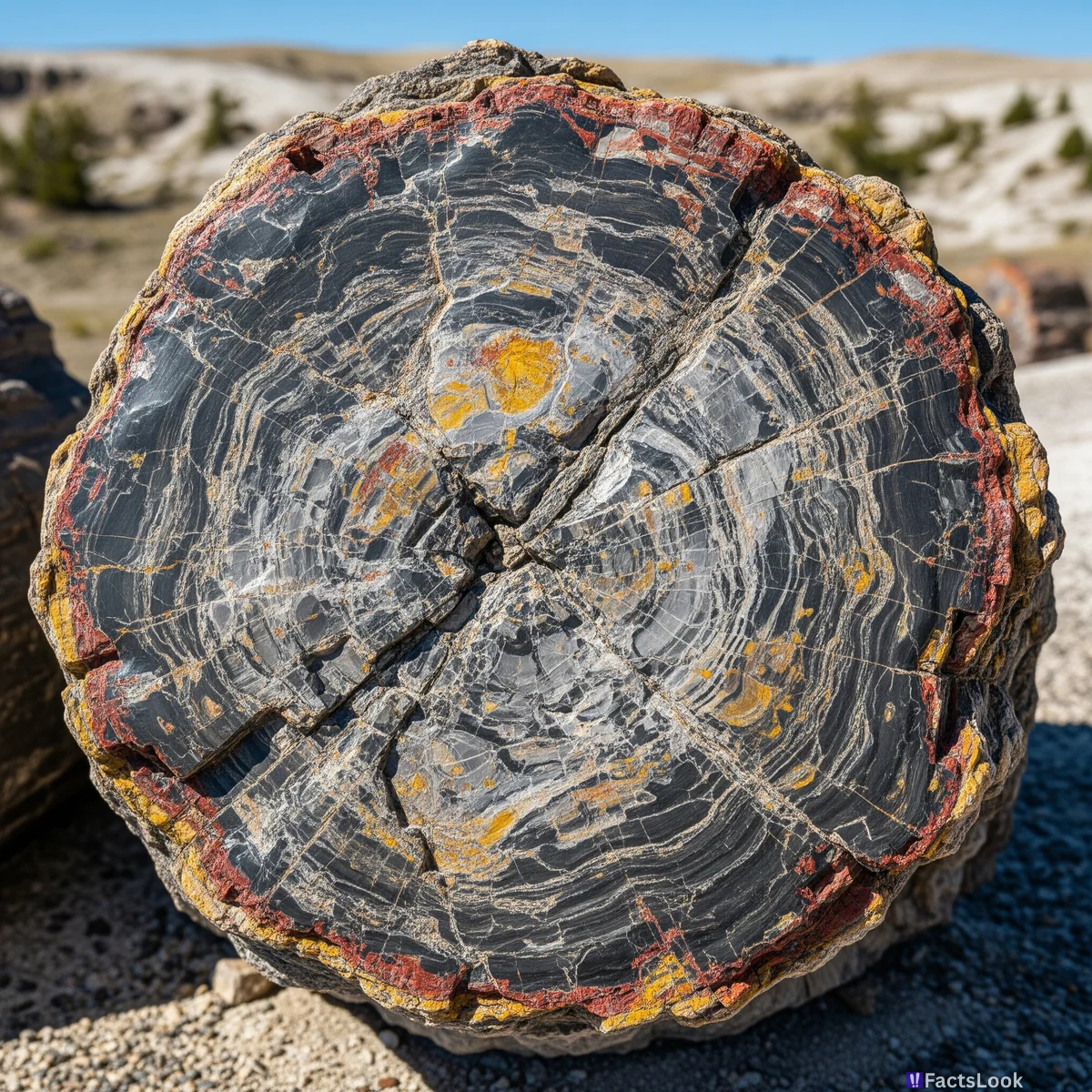
Yellowstone holds remnants of petrified forests, ancient trees that have been transformed into stone over millions of years. Volcanic activity and mineral-rich waters caused the organic material to be replaced by minerals, preserving the trees' forms in exquisite detail. These petrified forests offer a glimpse into Yellowstone's deep geological past.
Yellowstone River: Grand Canyon of Yellowstone's Sculptor
The Yellowstone River flows through the heart of the park and has carved the spectacular Grand Canyon of the Yellowstone. The canyon's vibrant yellow and orange colors, from hydrothermal alteration of the rock, give the park its name. The river and canyon are essential components of Yellowstone's dramatic landscape and ecosystem.
Lower Falls: Twice the Height of Niagara
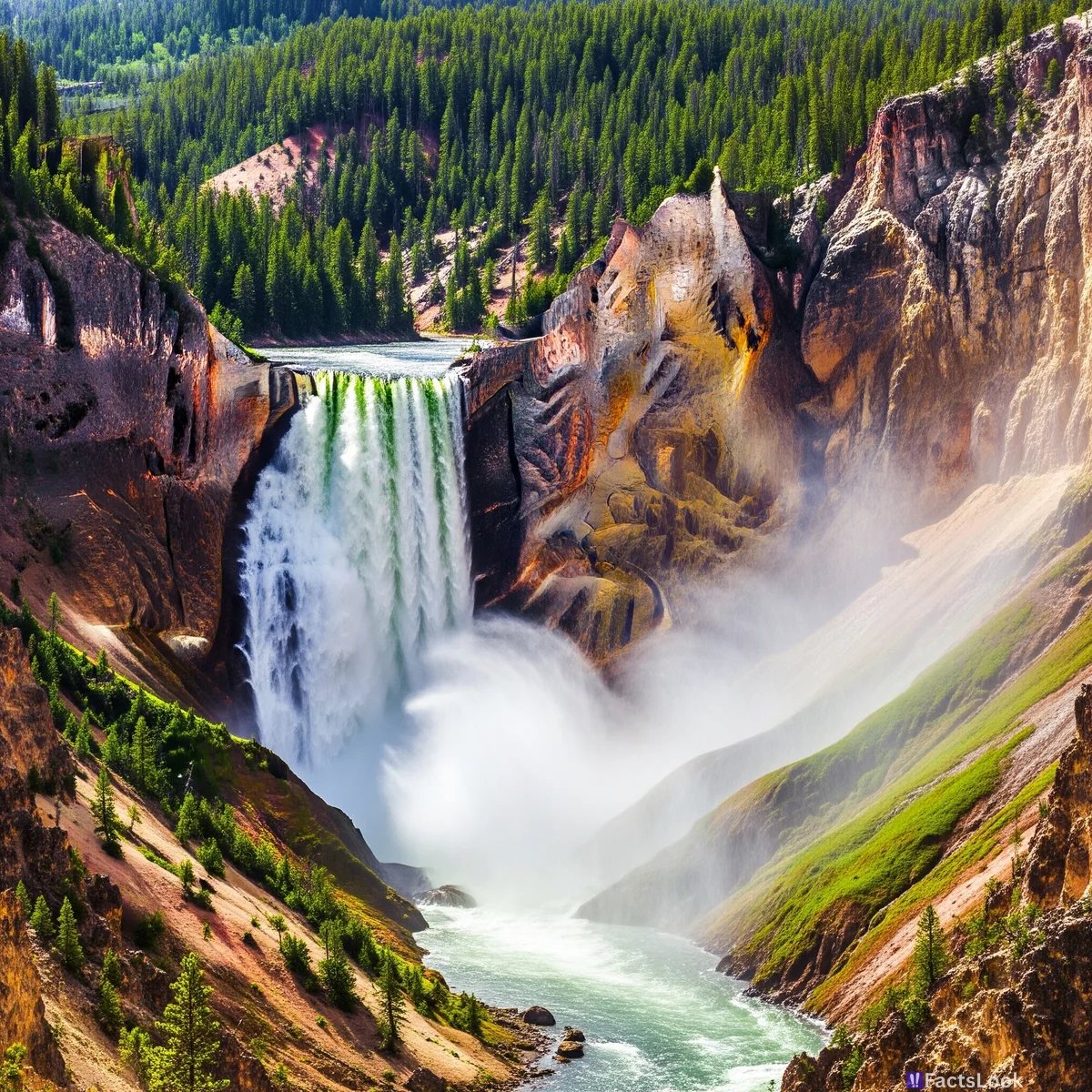
The Lower Falls of the Grand Canyon of the Yellowstone is a majestic waterfall, plunging over 300 feet – nearly twice the height of Niagara Falls! The sheer power and beauty of the falls are awe-inspiring, and various viewpoints offer stunning perspectives of this natural wonder. It's a must-see for any Yellowstone visitor.
Fire History: Shaping Yellowstone's Ecosystem
Fire is a natural and crucial part of Yellowstone's ecosystem. Historically, wildfires have shaped the landscape, influencing vegetation patterns and creating habitat for certain species. While the 1988 fires were significant, they were a natural process, and Yellowstone has adapted to fire over millennia. Fire is a renewal force in this ecosystem.
Elevation Extremes: From Valleys to Mountain Peaks
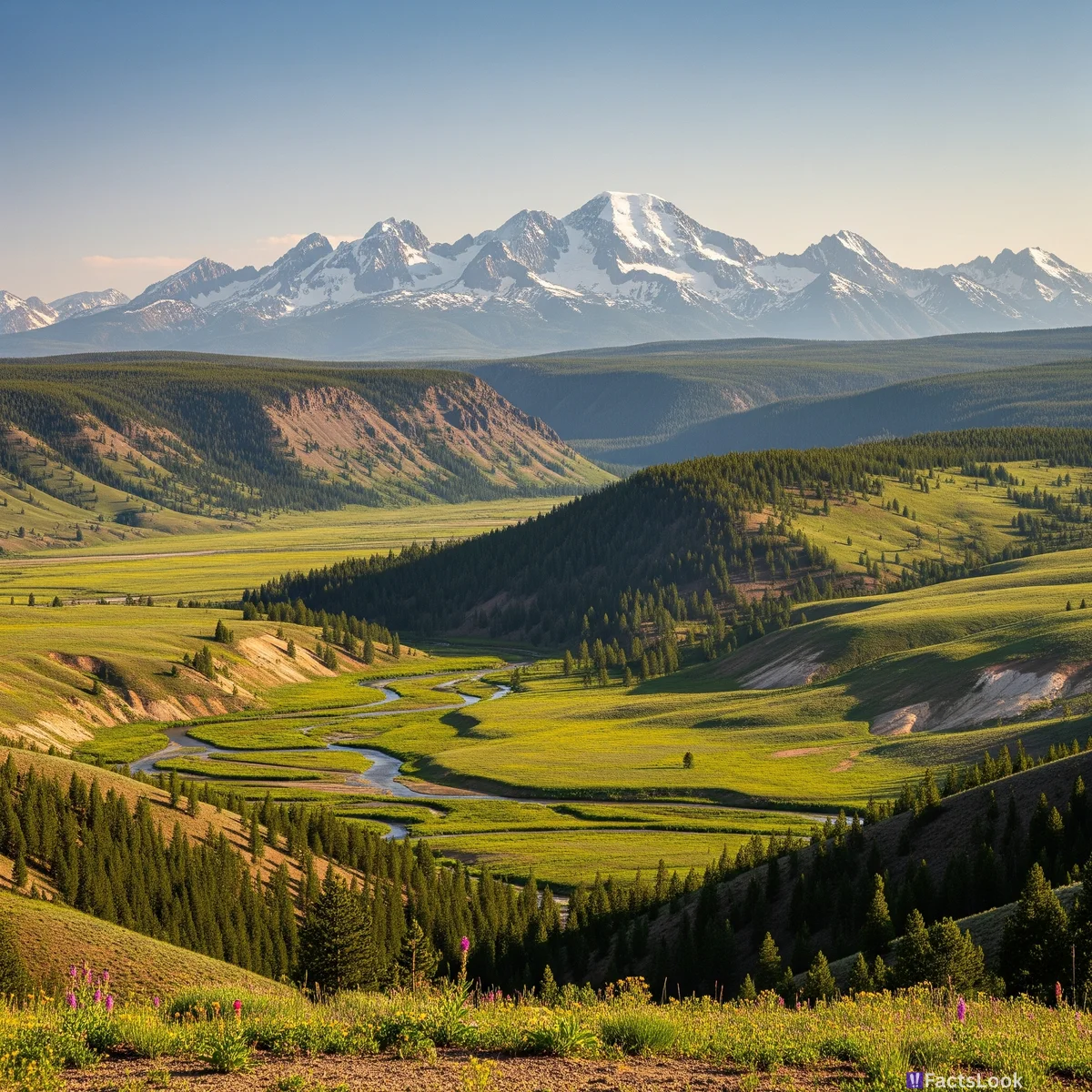
Yellowstone's elevation ranges dramatically, from around 5,300 feet in valleys to over 11,000 feet at mountain peaks. This elevation variation contributes to diverse habitats and microclimates within the park, supporting a wide array of plant and animal life. The altitude adds to Yellowstone's grandeur and ecological complexity.
Microbial Life: Extremophiles in Hot Springs
Yellowstone's hot springs are teeming with microbial life, including extremophiles – organisms that thrive in extreme conditions. These microbes, some of which are bacteria and archaea, are responsible for the vibrant colors of hot springs and play crucial roles in geothermal ecosystems. They are also of scientific interest for their unique adaptations.
Park Size: Larger Than Some US States
Yellowstone National Park spans a massive 2.2 million acres, making it larger than the states of Rhode Island and Delaware combined! This immense size contributes to its ecological integrity and allows for vast wilderness areas to remain relatively undisturbed. Its scale is part of what makes Yellowstone so special.
Three-State Park: Wyoming, Montana, and Idaho
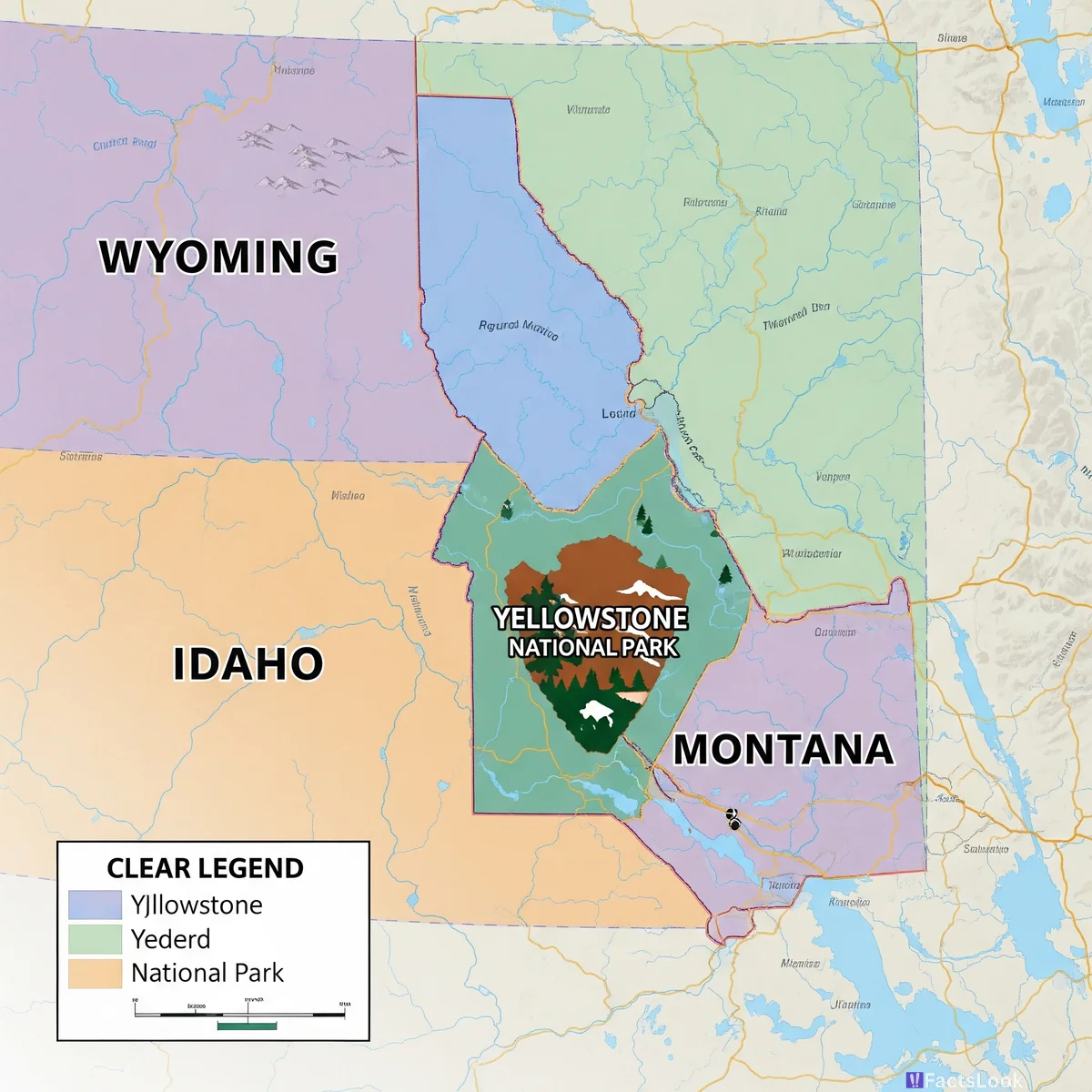
Yellowstone is a tri-state park, located primarily in Wyoming, but also extending into Montana and Idaho. Wyoming contains the vast majority (96%) of the park's area. This multi-state location adds to its administrative complexity and reflects the scale of this natural treasure spanning state borders.
Tourism Impact: Balancing Nature and Visitors
Yellowstone is a major tourist destination, attracting millions of visitors annually. Managing this influx while protecting the park's resources is a constant challenge. Sustainable tourism practices and visitor education are essential for ensuring Yellowstone remains a pristine natural wonder for generations to come. Balancing access and preservation is key.
Night Skies: Designated International Dark Sky Park
Yellowstone is designated as an International Dark Sky Park, recognized for its exceptionally dark night skies. Away from city lights, stargazing in Yellowstone is phenomenal, offering breathtaking views of the Milky Way and constellations. The park’s commitment to minimizing light pollution enhances both the visitor experience and nocturnal wildlife habitat.
Research Hub: Science in the Wild
Yellowstone serves as a vital research hub for scientists studying geothermal activity, wildlife ecology, climate change, and more. Its unique geological and biological features provide unparalleled opportunities for scientific discovery and long-term monitoring. Yellowstone is a living laboratory for understanding our planet.
Preservation for Future: A Legacy Continues
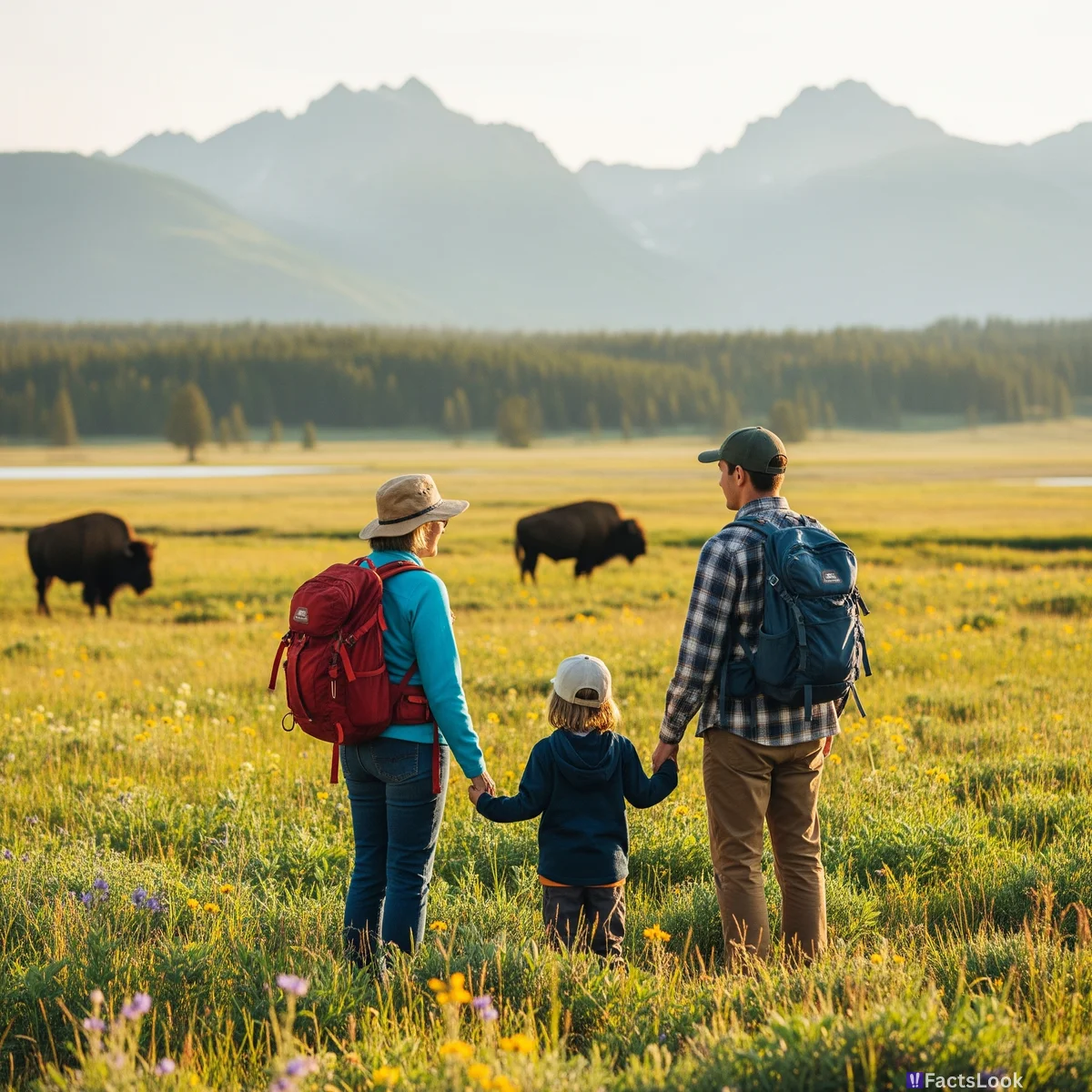
Yellowstone's story is one of preservation, from its visionary establishment as the first national park to ongoing conservation efforts today. It represents a commitment to protecting wild places and natural wonders for future generations. The legacy of Yellowstone continues as a beacon of conservation and a symbol of America's natural heritage.
Comments
Loading comments...